Early Spring Weeding
Written by Ann Meisoll & Autumn Swartz
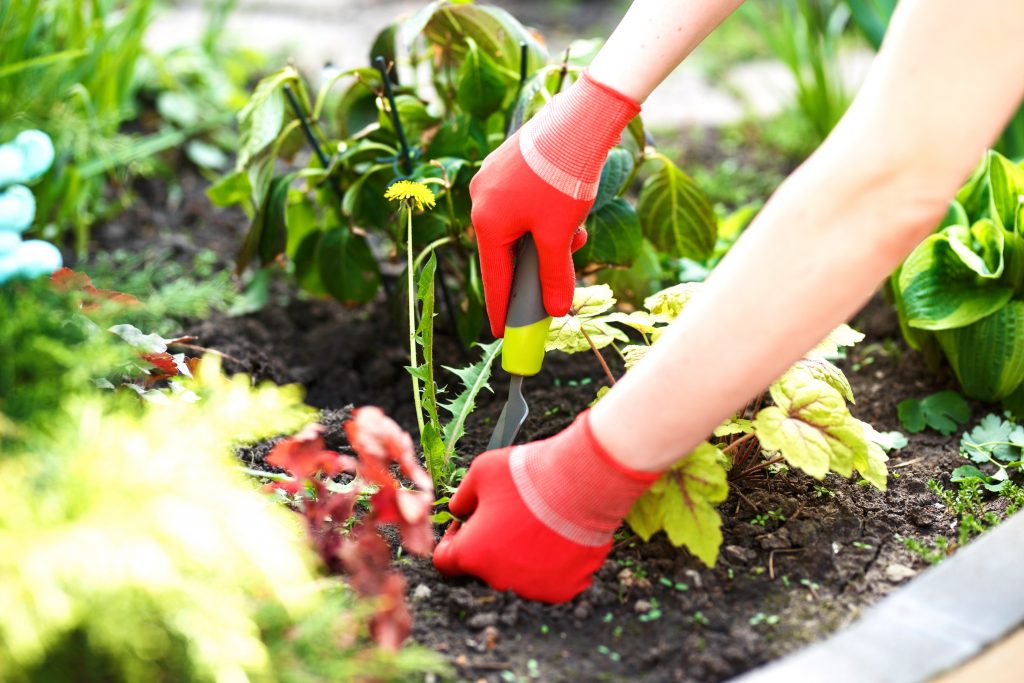
Spring is right around the corner and we all can’t wait to get back in the dirt! It’s not quite time yet, but you may be seeing weeds starting to poke through the soil and mulch. Now is the time to take steps to get rid of them. Weeds generally start to pop up when the soil temperature has reached over 50 degrees, and they can hinder your new plants and veggies from growing properly.
Knowing Your Weeds
Weeds can either be annual (crabgrass) or perennial (poison ivy), which means their cycles can differ of when they grow and how long they will continue to sprout.
Annual weeds have a lifespan of about 1 year. In our area, their life cycles usually end in the fall, sprouting seeds for more weeds to grow when the temperature warms up. However, there are cool-season and warm-season annual weeds.
Perennial weeds are weeds that have life cycles longer than a year and can establish a root system allowing them to grow year after year. Perennial weeds are the most challenging to control as they can develop from a small piece of root left behind from tilling.
The easiest way to get rid of weeds is to pull them or attack them with a hoe as soon as they appear. If you’re not up for all that bending and stooping to pull them by hand, invest in what’s called an action hoe (or a loop hoe or a scuffle hoe). They’re all the same – there are just several different names for it. An action hoe has a loop or a stirrup shape hoe blade with a long handle, and you simply push and pull it back and forth over the soil. This cuts the weeds off right at or below soil level.
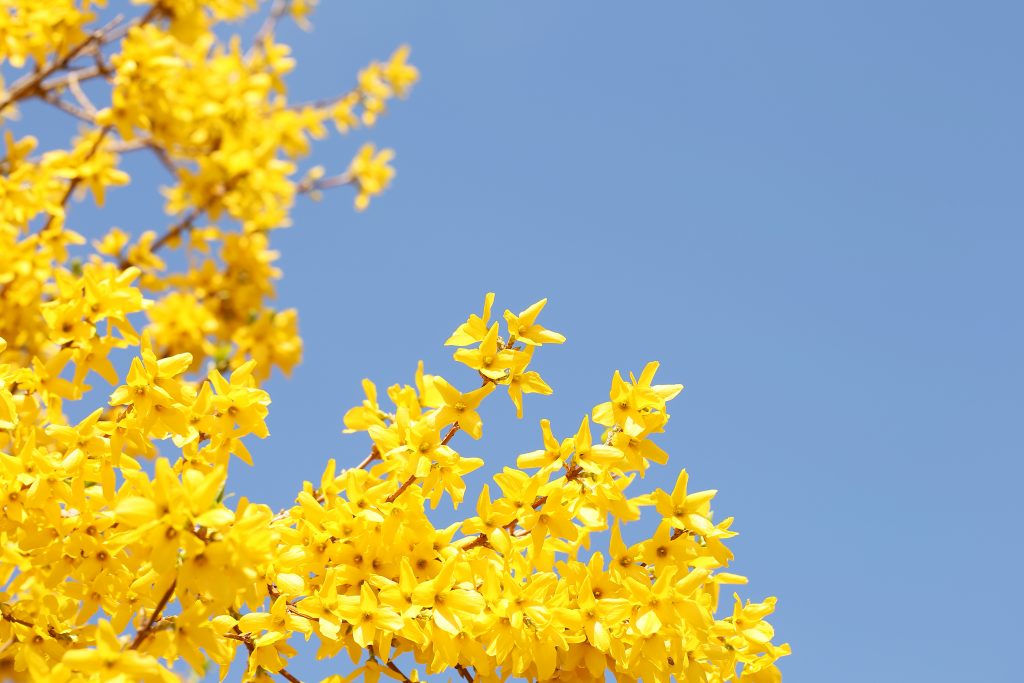
Pre-emergent
If you’d rather make a pre-emptive strike and prevent weeds from growing before they germinate, use a pre-emergent. A great visual indicator to start pre-emergent is when you see the yellow blooms of the shrub Forsythia, this means that those pesky weeds are starting to germinate. Pre-emergent products are available for both lawn and garden use. We’ll concentrate on what you can use in garden and landscape beds.
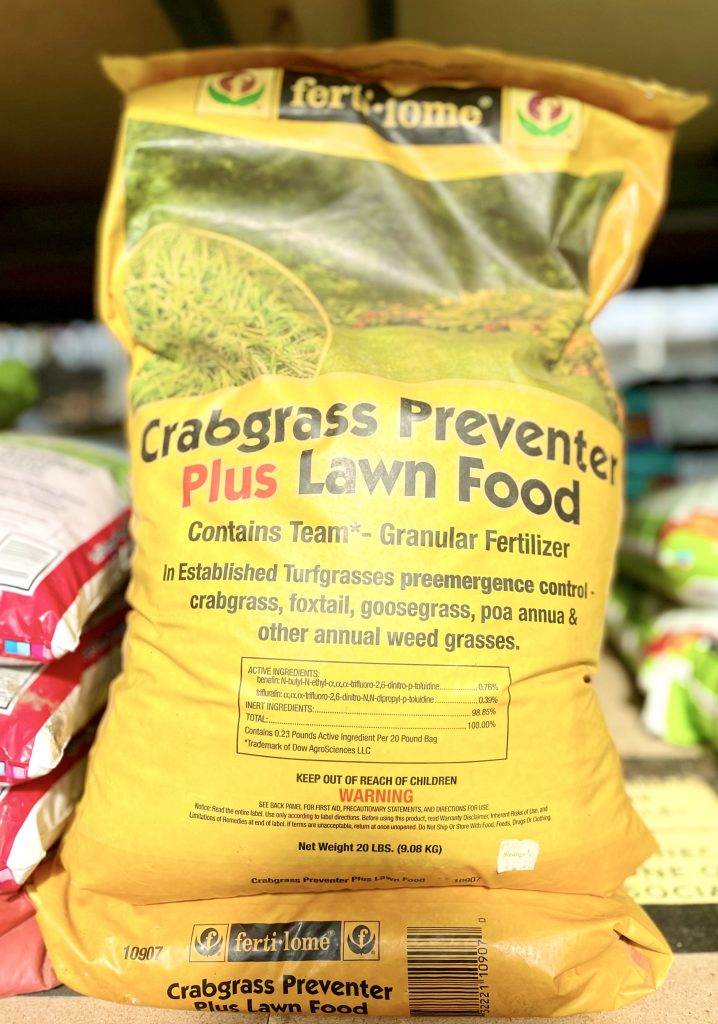
Pre-emergents prevent all kinds of seeds from germinating. Different products last for different lengths of time, so be sure to use the correct product for whatever you’re doing. Typically, the waiting period is about 16 weeks before being able to direct seed, so this might not be an option for starting some garden crops from seed. We recommend using pre-emergents as the last step after you’ve cleaned your beds and done whatever you need to do. They need to sit on top of the soil to work properly – they shouldn’t be buried in the soil.
To prevent weeds in garden and landscape beds, we sell Preen, Dimension (this can also be used on your lawn), and Espoma Organic Weed Preventer (corn gluten meal). Preen and Dimension are both chemical pre-emergents, and Espoma Weed Preventer is an organic selection. If you use any of them this spring, you most likely won’t be able to sow seeds, but you can still plant all kinds of plants safely. Pre-emergents will not harm plants that are already up and growing. They only prevent seeds from germinating.
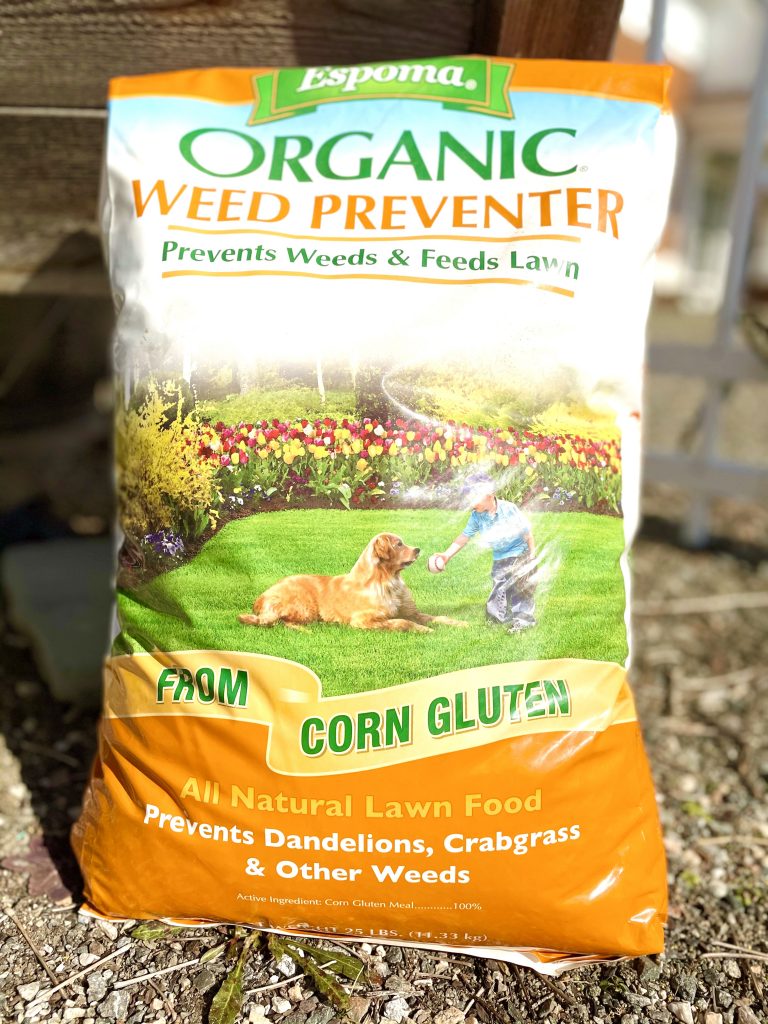
Another option for vegetable beds can be to use a Corn Gluten Meal Weed Control as a pre-emergent. This is a good non-toxic way to stop weed seeds from germinating before you plant your veggie seeds. Make sure when using corn gluten meal to do it a couple of days before it’s forecast to rain, rainfall is the best way to activate the corn gluten meal so it can kill off weeds starting to germinate. Don’t use corn gluten meal on already growing weeds, or else it will just act as a fertilizer for them.
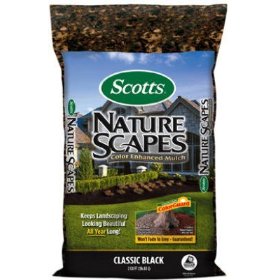
Mulching
Don’t forget to lay down some mulch or weed barrier. Mulch never needs to be thicker than 1”, and there are many different choices—pine, hardwood, cypress, cedar, cocoa shell, leaves, and pine needles, to name a few. We don’t recommend using straw as a mulch since it often contains large amounts of weed seed. Weed barriers can be either paper, plastic, or woven fabric. There’s a wide choice here also, even in different colors. Paper and woven fabric barriers are the best as they let air, water, and some light down to the soil. They can be slippery when wet, so consider throwing some mulch over the top for safety.
Post-emergent
If you’re past the point of battling weeds before they break through the soil, try a post-emergent. A post-emergent product attacks the root system to kill the weed growth, they are best applied with a carefully controlled application directly to the weed and are great for areas where a lot of weeds cluster. Post-emergent products are absorbed through the leaves of the plant and work down to the root system.
If you have questions that weren’t answered here, or if you need more information, feel free to stop by and see us at either the Broad St or Mechanicsville location, or give us a call, or drop us an email at info@stranges.com. We’re here to help you grow better!
Connect With Us On Social Media!
We are on Instagram @StrangesRVA
Like us on Facebook!









